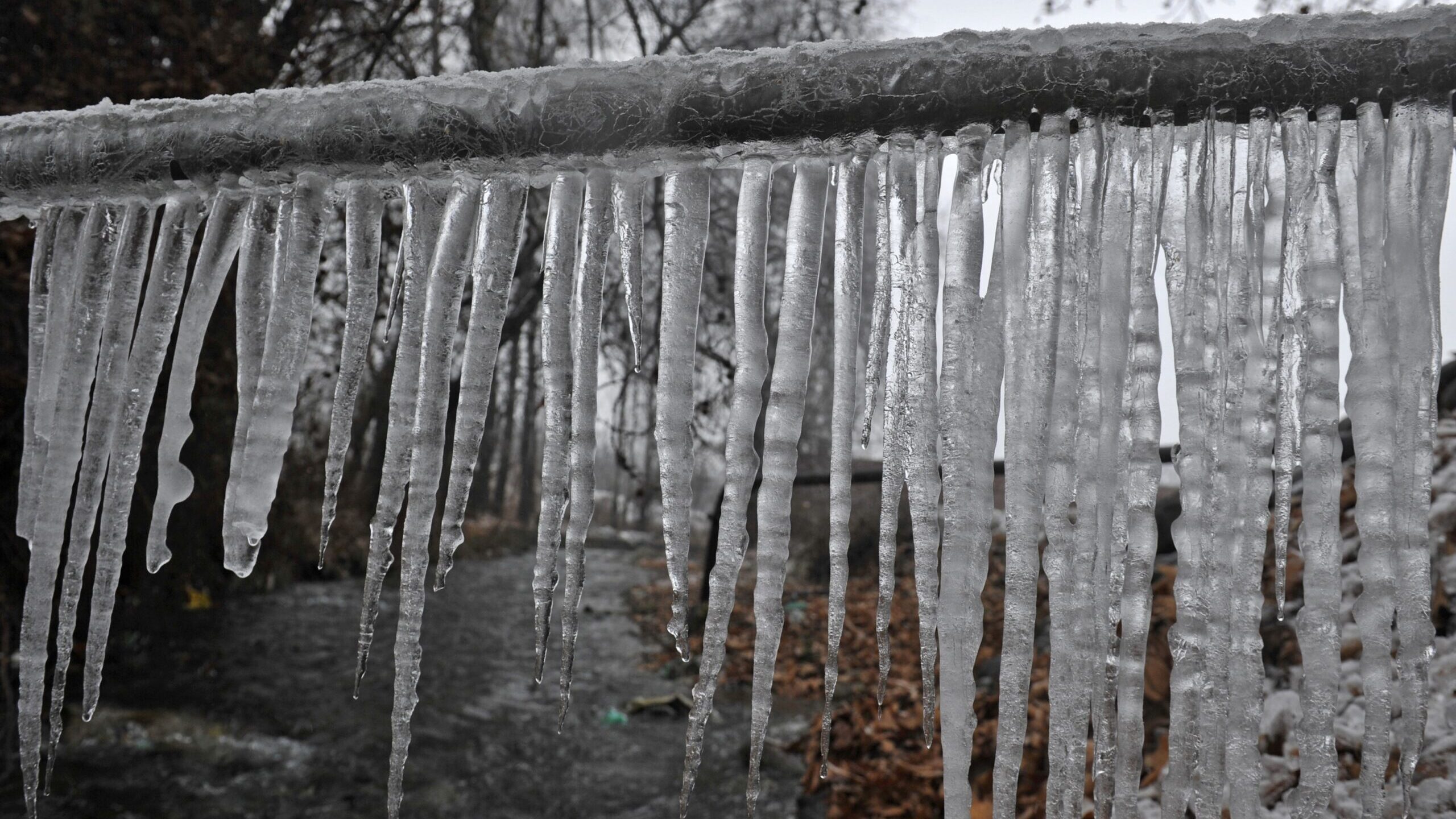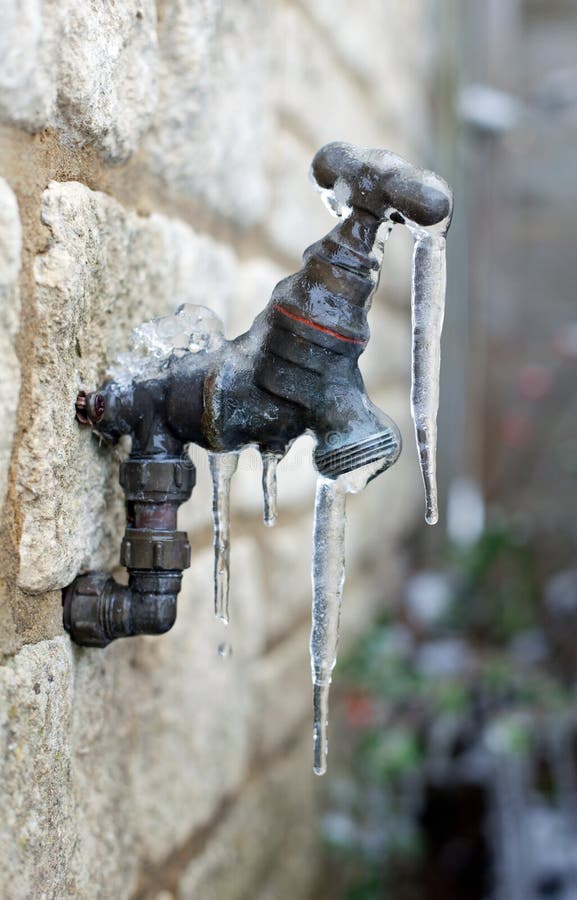Tips to Protect Your Plumbing from Freezing: Key Strategies
Tips to Protect Your Plumbing from Freezing: Key Strategies
Blog Article
The content down the page in relation to How to prepare your home plumbing for winter weather is totally fascinating. You should investigate it.

Cold weather can ruin your pipes, specifically by freezing pipes. Here's how to prevent it from occurring and what to do if it does.
Intro
As temperatures drop, the risk of icy pipes increases, potentially leading to expensive repair work and water damages. Understanding how to prevent frozen pipes is vital for homeowners in cold environments.
Comprehending Frozen Pipelines
What triggers pipes to freeze?
Pipes ice up when exposed to temperature levels below 32 ° F (0 ° C) for expanded periods. As water inside the pipelines freezes, it broadens, taxing the pipe walls and possibly creating them to rupture.
Threats and problems
Frozen pipelines can lead to supply of water disturbances, building damage, and pricey fixings. Burst pipes can flooding homes and create extensive structural damage.
Indications of Frozen Piping
Identifying icy pipes early can stop them from breaking.
Exactly how to identify icy pipelines
Look for reduced water circulation from taps, unusual smells or noises from pipes, and visible frost on exposed pipelines.
Prevention Tips
Insulating at risk pipelines
Wrap pipelines in insulation sleeves or utilize heat tape to shield them from freezing temperatures. Concentrate on pipes in unheated or external areas of the home.
Home heating techniques
Maintain indoor spaces adequately warmed, especially areas with pipes. Open up cabinet doors to allow cozy air to flow around pipes under sinks.
Shielding Outdoor Plumbing
Garden hose pipes and exterior taps
Disconnect and drain garden tubes prior to winter. Install frost-proof spigots or cover outside faucets with insulated caps.
What to Do If Your Pipes Freeze
Immediate actions to take
If you suspect icy pipelines, keep faucets open up to relieve stress as the ice melts. Use a hairdryer or towels taken in hot water to thaw pipes gradually.
Long-Term Solutions
Structural changes
Think about rerouting pipes away from exterior walls or unheated locations. Add added insulation to attics, cellars, and crawl spaces.
Upgrading insulation
Purchase premium insulation for pipes, attic rooms, and walls. Correct insulation helps preserve consistent temperatures and minimizes the threat of frozen pipes.
Final thought
Preventing frozen pipes needs aggressive measures and quick reactions. By comprehending the reasons, indications, and safety nets, home owners can shield their pipes throughout cold weather.
6 Proven Ways to Prevent Frozen Pipes and Protect Your Home
Disconnect and Drain Garden Hoses
Before winter arrives, start by disconnecting your garden hoses and draining any remaining water. Close the shut-off valves that supply outdoor hose bibs and leave the outdoor faucet open to allow any residual water to drain. For extra protection, consider using faucet covers throughout the colder months. It’s also important to drain water from any sprinkler supply lines following the manufacturer’s directions.
Insulate Exposed Pipes
Insulating your pipes is an effective way to prevent freezing. Pipe insulation is readily available at home improvement stores and is relatively inexpensive. Pay close attention to pipes in unheated areas such as the attic, basement, crawl spaces, or garage. Apply foam insulation generously to create a buffer against the cold. You can also wrap your pipes in heat tape or thermostat-controlled heat cables for added warmth.
Seal Air Leaks
Inspect your home for any cracks or openings that could let in cold air. Seal any holes around the piping in interior or exterior walls, as well as the sill plates where your home rests on its foundation. Additionally, make sure to keep your garage door closed unless you’re entering or exiting. Leaving it open creates a significant air leak that can lead to frozen pipes.
Allow Warm Air Circulation
During cold snaps, it’s essential to allow warm air to circulate evenly throughout your home. Leave interior doors ajar to promote better airflow. Open kitchen and bathroom cabinets to help distribute heat consistently around the rooms. If you have small children or pets, be sure to remove any household chemicals or potentially harmful cleaners from open cabinets for safety.
Let Faucets Drip
A small trickle of water can make a big difference in preventing ice formation inside your pipes. When temperatures drop significantly, start a drip of water from all faucets served by exposed pipes. This continuous flow helps prevent the water from freezing. Additionally, running a few faucets slightly can relieve pressure inside the pipes, reducing the chances of a rupture if the water inside does freeze.
https://choateshvac.com/6-proven-ways-to-prevent-frozen-pipes-and-protect-your-home/

I stumbled upon that review on Preventing and dealing with frozen pipes while scouting around the web. Sharing is caring. One never knows, you may just be doing someone a favor. We treasure reading our article about 6 Ways to Prevent Frozen Pipes.
Book Maintenance Report this page